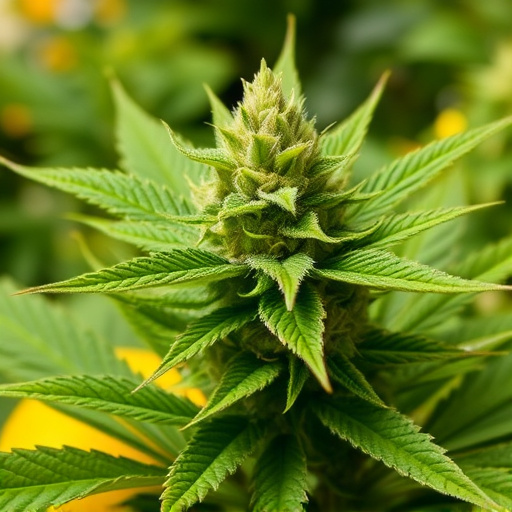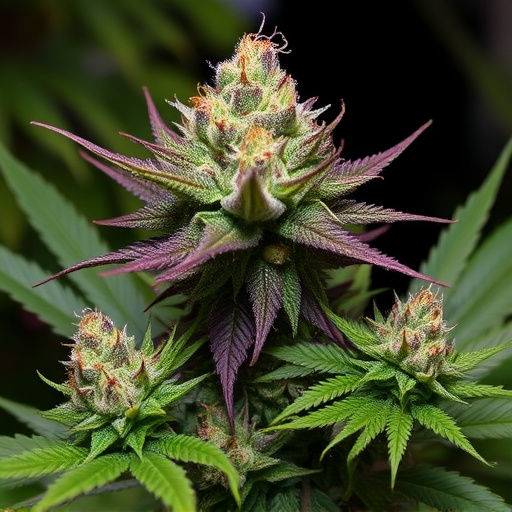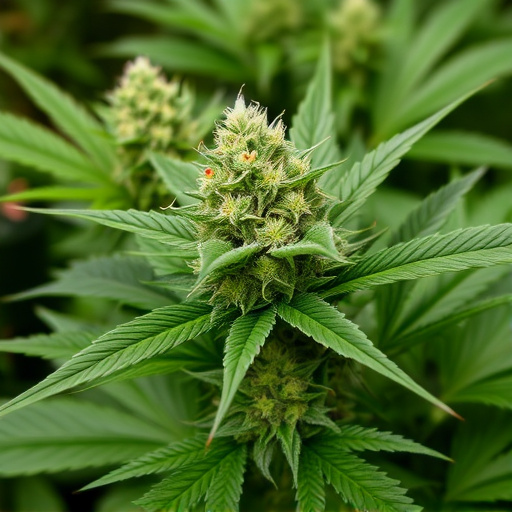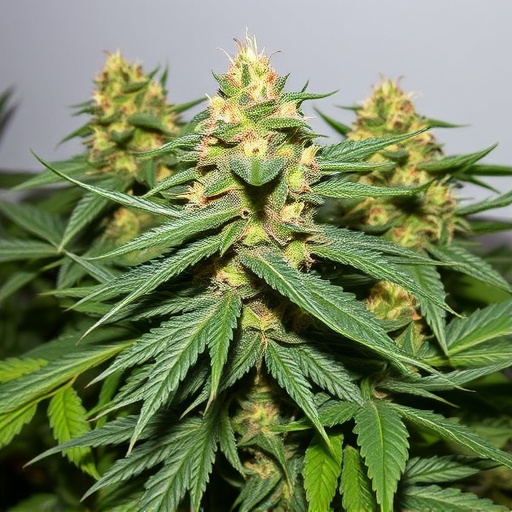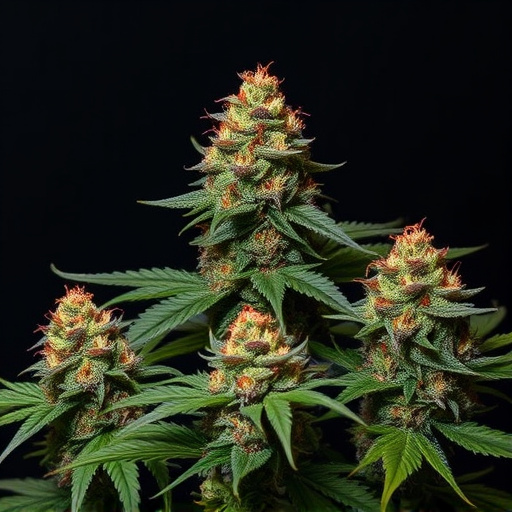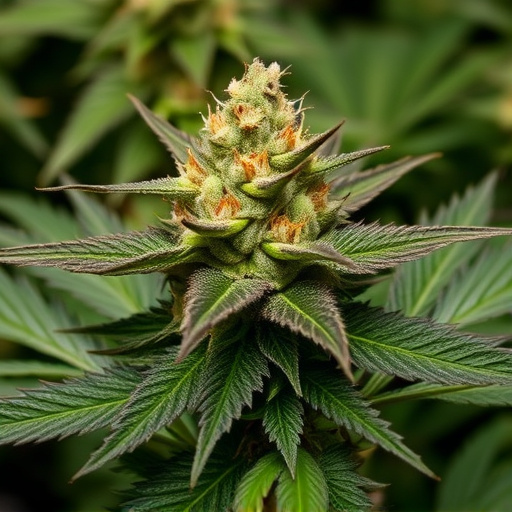Hybrid weed strains, rich in diverse cannabinoid combinations like THC and CBD, offer varied effects from enhanced senses to therapeutic benefits without intoxication. However, their complexity makes determining safe dosage limits challenging due to varying potency levels even within similar strain names. Individual responses differ based on age, weight, health, and tolerance, complicating universal guidelines. Starting with low doses and gradual increases is recommended for mitigating unforeseen adverse effects while optimizing well-being when utilizing hybrid weed strains.
“Discover the nuanced world of cannabis and its potential benefits with our comprehensive guide. In recent years, the popularity of cannabis has surged, driven by a growing awareness of its diverse applications. However, understanding its safe dosage remains key for responsible use. This article delves into the intricacies of cannabis, focusing on ‘hybrid weed strains’ and their varying potencies, to help you navigate and determine suitable consumption limits.”
- Understanding Cannabis and Its Effects
- Exploring Hybrid Weed Strains and Their Potency
- Determining Safe Dosage Limits for Cannabis Use
Understanding Cannabis and Its Effects
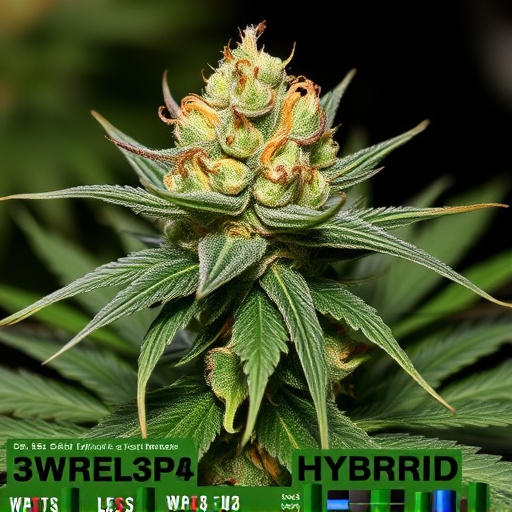
Cannabis, with its diverse chemical profile, offers a range of potential therapeutic benefits and recreational experiences. Understanding its effects is crucial when considering safe dosage limits, especially with the growing popularity of hybrid weed strains. These crosses between different cannabis varieties introduce complex combinations of cannabinoids like THC (tetrahydrocannabinol) and CBD (cannabidiol), each contributing to unique psychological and physiological impacts.
THC primarily influences cognitive functions and is responsible for the plant’s intoxicating effects, while CBD interacts with a user’s endocannabinoid system, modulating pain, anxiety, and inflammation. The balance between these cannabinoids in hybrid strains can vary significantly, leading to diverse outcomes. For instance, high-THC strains may induce heightened senses and euphoria but could also lead to increased paranoia or anxiety in some individuals, whereas CBD-rich hybrids are often sought for their potential therapeutic effects without the mental alteration associated with THC.
Exploring Hybrid Weed Strains and Their Potency
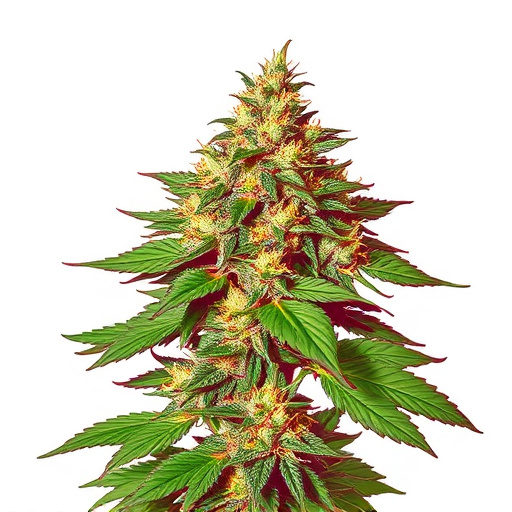
Cannabis consumers often turn to hybrid weed strains for their diverse effects, aiming to balance or enhance specific experiences. These hybrids combine genetics from two or more parent strains, resulting in unique cannabinoid profiles. While this offers a wide range of options, it also complicates determining safe dosage limits. Potency levels can vary drastically between different hybrid strains, even those with similar names. For instance, a “Blue Dream” from one grower might have significantly higher THC concentrations than another’s version. This variability underscores the importance of caution when experimenting with hybrids, as higher potency could lead to unforeseen adverse effects.
Consumers seeking specific benefits may be drawn to particular hybrid strains, but it’s crucial to research and understand their potential impacts. Information on cannabinoid content, including both THC (tetrahydrocannabinol) and CBD (cannabidiol), is increasingly available online and from dispensaries. Using this data, consumers can make informed decisions about dosage, starting with lower amounts and gradually increasing as needed. Remember that individual responses to cannabis vary, so what works for one person may not be suitable for another.
Determining Safe Dosage Limits for Cannabis Use
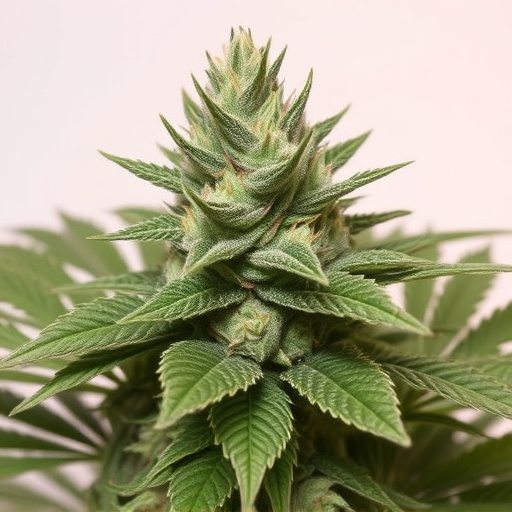
Determining safe dosage limits for cannabis use is a complex task due to the variability in both the plant’s composition and individual user tolerance. Cannabis, particularly hybrid weed strains, contains numerous cannabinoids like THC (tetrahydrocannabinol) and CBD (cannabidiol), each with distinct effects on the body. The concentration of these compounds can vary widely between different strains, making it challenging to establish universal dosage guidelines.
Additionally, individual users have varying levels of tolerance and sensitivity to cannabis. Factors such as age, weight, overall health, and previous experience influence how one’s body processes and reacts to cannabinoids. This variability underscores the need for personalized approaches to cannabis consumption. Understanding these nuances is crucial when exploring safe dosage limits, ensuring that users can enjoy the potential therapeutic benefits without compromising their well-being.
While cannabis has shown promise in various medical applications, determining a safe dosage limit is complex due to individual variability in metabolism and tolerance. Hybrid weed strains, known for their diverse terpene and cannabinoid profiles, further complicate matters. Studies are ongoing, but current evidence suggests that responsible use within legal limits may offer therapeutic benefits with minimal risks. Understanding both the plant’s effects and personal tolerances is key to navigating its safe integration into wellness routines.






